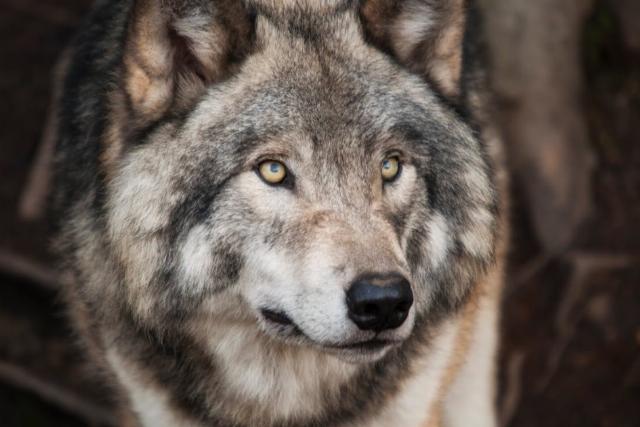Pleistocene Park and the myth of Prometheus
Some years ago, I read an article in Scientific American about the experimental use of gene editing as a way of treating some blood cancers. I then happened to have lunch with a visiting old friend and one of his sons. The friend was a primary care physician and the son a biochemist. I mentioned the article and suggested that, considering the elaborate nature of gene editing, the process would likely cost upwards of $50,000. The son blurted out, “How about $1.5 million?”
Time passes. Now the world is all abuzz over the actual living results of an attempt to replicate the dire wolf of the Pleistocene period. Unlike the Jurassic warm period (made famous by Michael Crichton), the dire wolf was a creature of the most recent ice age — hence its large size and mammalian warm blood.
The Pleistocene began about 2.58 million years ago and lasted about 2.57 million years — or until about 11,700 years ago. We are now in the Holocene period, also known as an interstitial warm period between ice ages. Many of the mammals of the Pleistocene were considerably larger than their modern descendants. This is because, as an animal gets larger, its surface area increases linearly while its body mass increases geometrically. This causes greater heat-retention efficiency, which is particularly beneficial should the climate continue to get colder.
A well known treasure trove of Pleistocene remains is found right near downtown Los Angeles in the La Brea Tar Pits. Prevailing wisdom has it that rainwater would accumulate on top of the tar, and various great beasts would walk into the pits to drink and become fatally stranded. Wooly mammoths, saber-toothed tigers, American lions (Panthera atrox), giant sloths, some birds, and of course dire wolves have had their bones extracted from the tar pits.
The discovery of dinosaur bones by Mediterranean farmers of previous millennia, while digging up their fields, has led some to explain the Greco-Roman myths of human-like beings that were either Giants or Titans, such as Prometheus. Rather than mere fossils, the tar pits have yielded preserved remains. It has now become within the range of possibility to harvest some ancient DNA from at least a few of the many specimens that have been collected.
Where does the myth of Prometheus fit in with all of this? Prometheus was severely punished in perpetuity for bestowing upon humanity the gods’ coveted possession of fire. The Prometheus factor first occurred to me when thinking about the God-like human function of organ-harvesting and transplantation. Now the increasing ability to “cook” DNA for the sake of re-creating extinct species — as well as other, more practical medical benefits — reminds me again of mortal, fallible humans striving to imitate God.
Although humans have developed the capability to manipulate nature, we still lack divine omniscience and thus cannot always foresee the consequences of our actions. The recent COVID-19 experience is a textbook example of this fallibility. Imagine hordes of lab-created, four-legged monsters roaming throughout our world.
Meanwhile, the gene manipulators who’ve given us the approximate dire wolf should be at least somewhat constrained by their consideration of the consequences of their likely undeserved approach into godliness. Prometheus would understand.

Image via Pexels.
FOLLOW US ON
Recent Articles
- Jay Leno, Dementia, and the Impermanence of Life
- We Must Teach Children to Love Freedom More Than Government
- Judge Not
- A Good Day For The Navy
- Woke Ideology Requires Antisemitism
- Trump and the Public Trust
- Trump’s First 100 Days: A Scorecard of Wins, Waits, and Wobbles
- Larry David: No Longer the Master of his Comedic Domain
- Mass deportations without ICE enforcement
- Harvard’s Tax-Exempt Status and Religion-Based Bequests
Blog Posts
- The illegal alien raid in Colorado reveals a cancer in our military
- Forget Trump’s blue suit. What about those so-called ‘transgender’ mourners at the Pope’s funeral?
- About those port explosions in Iran *UPDATED*
- Shedeur Sander’s fall from grace
- There goes the sun?
- Trump’s 'come to Jesus’ moment on Ukraine, at Pope Francis’s funeral
- Reflections on a papal visit
- When the center-fielder saved the flag
- What vote by mail gets you
- A real deterrent for violent criminals
- Recruiting mysteriously, dramatically, increases
- Climate scientists want to shut off the sun
- Drone footage shows Pacific Palisades reservoir still empty
- Biden pops up at the pope's funeral, looking lost
- The mind-numbing, innovation-destroying DEI permeating Washington State government *UPDATED*






